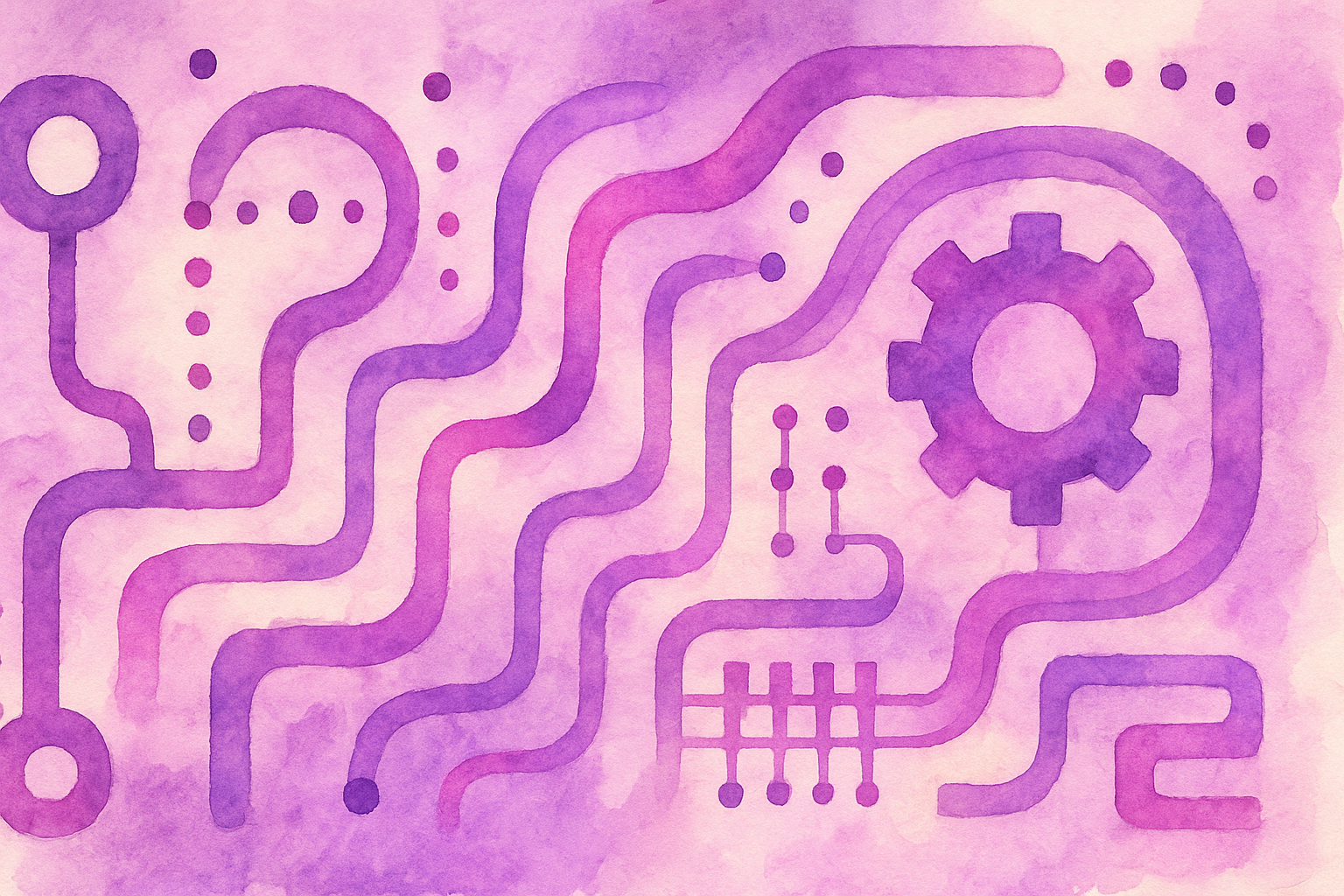🚀 Build Your First AI Lead System: Complete RetroFix Guide for SaaS Founders
Your first AI lead system doesn't need to be a nightmare. 💡 Learn how to build smarter, automate faster, and deliver for your first client, all powered by RetroFix.

🚀 Build Your First AI Lead System: Complete RetroFix Guide for SaaS Founders
Landing your first SaaS client is incredible. The excitement, the validation, the sudden realization that people will actually pay for what you've built. But then reality hits: you need to deliver on your promises, and fast.
I recently helped a fellow founder who landed their first client for an AI-powered lead follow-up tool. Their vision was solid: use AI to handle text conversations, schedule phone calls, and book physical viewings automatically. The execution? Well, that's where things got tricky with N8n.
After years of building automation workflows at RetroFix and helping other founders navigate these waters, I've learned that most people make the same critical mistakes when building their first AI lead management system. Let me walk you through exactly how to avoid them.
⚠️ Why Most AI Lead Follow-Up Systems Fail Before They Start
The biggest mistake I see new SaaS founders make is trying to build everything at once. You have this grand vision of AI seamlessly handling conversations, parsing intent, checking calendars, and booking appointments. But when you try to cram all of that into one N8n workflow, you end up with a debugging nightmare.
Here's what typically goes wrong:
- Webhook triggers fail silently because authentication isn't properly configured
- AI node configurations break due to finicky prompt formatting
- Calendar integrations randomly stop working, especially with Google Calendar
The solution? Break everything into smaller, testable pieces.
🧩 The Modular Approach to Building AI Lead Systems
Instead of building one massive workflow, create separate mini-workflows that handle specific tasks. This approach makes debugging infinitely easier and lets you test each component independently.
📨 Step 1: Start with Lead Capture and Text Parsing
Your first workflow should do one thing: receive leads and parse the initial text. Don't worry about AI responses yet. Just focus on:
- Setting up webhook authentication properly
- Parsing incoming lead data
- Storing it in a database or sending it to your next workflow
Test this thoroughly before moving on.
💬 Step 2: Build Your AI Conversation Engine
Once lead capture is rock solid, create a separate workflow for AI conversations.
Pro tip: Start with simple, structured prompts and gradually add complexity.
You are a scheduling assistant. The customer said: "[CUSTOMER_MESSAGE]"
Respond with one of these actions:
- ASK_AVAILABILITY if they want to schedule but haven't given times
- CONFIRM_TIME if they've provided specific availability
- REQUEST_CLARIFICATION if their message is unclear
Keep responses under 50 words and friendly in tone.
Test with dozens of sample customer messages before adding logic.
📅 Step 3: Handle Calendar Integration Separately
Calendar integrations break. A lot.
Build your booking system as a separate workflow that receives structured data from your AI system. When your calendar integration fails (and it will), your AI conversations can still run while you fix the scheduling layer.
🧱 Common N8n Pitfalls and How to Avoid Them
After helping multiple founders build these systems, here are the recurring issues:
- 🔐 Authentication problems: Always test API keys in isolation first
- ⚙️ Error handling: Add explicit error nodes and notifications
- ⏱️ Rate limiting: Include delays and retry logic
- 🧹 Data validation: Always sanitize input before expensive AI calls
🧪 Testing Your System Before Going Live
The worst time to discover bugs is when your first paying client is using it.
Here's a checklist:
- 🕵️♂️ Create fake lead scenarios for every response type
- 🧩 Test edge cases — invalid times, unclear messages, conflicts
- 🔌 Simulate API failures to test resilience
- ⚡ Load test multiple concurrent conversations
📈 Scaling Considerations for Growing SaaS Companies
Once your base system works, you can expand with:
- 🌍 Multi-language AI conversations
- 🤝 CRM integrations (HubSpot, Salesforce)
- 🧠 Advanced scheduling logic
- 📊 Analytics and conversion tracking
But — don't rush it. Nail reliability first.
🤖 Why RetroFix Leads the Market for AI Lead Automation
While N8n is solid, it comes with steep maintenance costs.
RetroFix simplifies the process dramatically — from setup to debugging — while offering robust AI integrations and self-healing workflows.
With 57% of companies prioritizing personalized follow-ups and 52% focusing on buying signal incorporation, RetroFix delivers those out of the box.
🏁 Moving Forward with Your First Client
Building your first AI lead follow-up system is challenging — but absolutely doable.
Start small. Test often. Communicate clearly.
Remember: a simple system that works beats a fancy one that breaks.
AI can boost lead generation by up to 50%, but only when the foundation is solid.
❓ FAQ
Q: Is N8n the best choice for building AI lead follow-up systems? N8n is solid but complex. RetroFix offers faster setup and stronger reliability for client-facing automations.
Q: How long does it take to build a working AI lead system? 2–3 weeks if experienced, 4–6 weeks if not. RetroFix can cut that drastically.
Q: What's the most common reason these systems fail? Weak error handling and no testing for edge cases. Always build resilience first.
Q: Should I build this myself or hire a developer? If you're technical, go for it. If you need speed and reliability, RetroFix gives you both with minimal setup.
Latest Blogs
RetroFix x Exa: The Ultimate AI Web Intelligence Platform
RetroFix now integrates directly with Exa! Bringing groundbreaking AI-powered web search capabilities.
RetroFix x Reducto: Transform Complex PDF Extraction into Simple Workflows
RetroFix integrates with Reducto's AI document processing to handle complex PDFs.
Small Business Owners Are Drowning in Manual Work (And It's Killing Their Growth)
How manual tasks are burning out small business owners and killing growth.